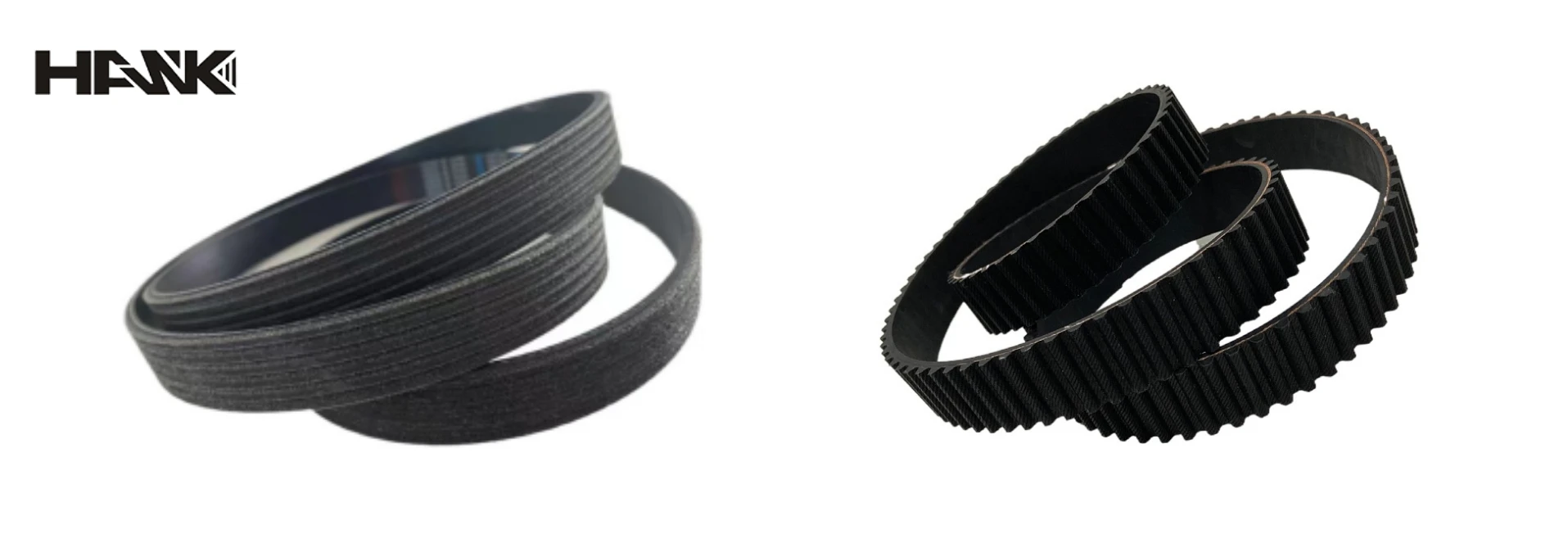- Arabic
- French
- Russian
- Spanish
- Portuguese
- Turkish
- Armenian
- English
- Albanian
- Amharic
- Azerbaijani
- Basque
- Belarusian
- Bengali
- Bosnian
- Bulgarian
- Catalan
- Cebuano
- Corsican
- Croatian
- Czech
- Danish
- Dutch
- Afrikaans
- Esperanto
- Estonian
- Finnish
- Frisian
- Galician
- Georgian
- German
- Greek
- Gujarati
- Haitian Creole
- hausa
- hawaiian
- Hebrew
- Hindi
- Miao
- Hungarian
- Icelandic
- igbo
- Indonesian
- irish
- Italian
- Japanese
- Javanese
- Kannada
- kazakh
- Khmer
- Rwandese
- Korean
- Kurdish
- Kyrgyz
- Lao
- Latin
- Latvian
- Lithuanian
- Luxembourgish
- Macedonian
- Malgashi
- Malay
- Malayalam
- Maltese
- Maori
- Marathi
- Mongolian
- Myanmar
- Nepali
- Norwegian
- Norwegian
- Occitan
- Pashto
- Persian
- Polish
- Punjabi
- Romanian
- Samoan
- Scottish Gaelic
- Serbian
- Sesotho
- Shona
- Sindhi
- Sinhala
- Slovak
- Slovenian
- Somali
- Sundanese
- Swahili
- Swedish
- Tagalog
- Tajik
- Tamil
- Tatar
- Telugu
- Thai
- Turkmen
- Ukrainian
- Urdu
- Uighur
- Uzbek
- Vietnamese
- Welsh
- Bantu
- Yiddish
- Yoruba
- Zulu
Nov . 12, 2024 18:07 Back to list
double toothed belt
Understanding Double Toothed Belts A Comprehensive Guide
In the realm of mechanical engineering and drive systems, the double toothed belt has emerged as a crucial component due to its unique design and functional advantages. A double toothed belt, often referred to as a synchronous belt or timing belt, features teeth on both sides, which allows for efficient power transmission and enhanced performance in various applications. This article aims to provide an overview of double toothed belts, their advantages, applications, and maintenance.
What is a Double Toothed Belt?
A double toothed belt is a type of belt that has teeth on both sides, which fits into corresponding grooves on pulleys. This design enables the belt to transmit power in a more effective manner compared to standard belts, which typically have teeth on only one side. The double sidedness allows for versatility in installation, enabling the use of pulleys on both sides of the belt, which can be particularly beneficial in space-constrained environments.
Advantages of Double Toothed Belts
1. Increased Efficiency The synchronous nature of double toothed belts reduces slip, allowing for better synchronization between the drive and driven pulleys. This enhances overall efficiency, making them ideal for applications that require precision.
2. Reduced Noise and Vibration Due to their design, double toothed belts operate more quietly than traditional belts. This is particularly advantageous in applications where noise reduction is crucial, such as in consumer appliances or automotive engines.
3. Longevity and Durability These belts are constructed from high-quality materials, such as polyurethane reinforced with steel or aramid fibers. This results in excellent wear resistance and a long service life, reducing the frequency of replacements and maintenance downtime.
4. Versatile Applications The unique design of double toothed belts makes them suitable for a wide range of applications, from automotive engines and industrial machinery to robotics and conveying systems. Their ability to run on both sides adds flexibility in design and operational efficiency.
Applications of Double Toothed Belts
double toothed belt

Double toothed belts are employed across various industries due to their operational advantages. In automotive applications, they are commonly used in timing systems to synchronize the crankshaft and camshaft, ensuring precise engine performance. In industrial settings, they are utilized in conveyor systems, CNC machines, and textile machinery for their reliability and precision.
Additionally, double toothed belts are favored in robotics and automation. Their ability to operate seamlessly over longer distances and on various pulley setups makes them ideal for robotic limbs and conveyor systems that require precise movements and synchronization.
Maintenance of Double Toothed Belts
To ensure the longevity and optimal performance of double toothed belts, proper maintenance is essential. Here are some key maintenance practices
1. Regular Inspection Regularly inspect the belt for signs of wear, such as cracks, fraying, or missing teeth. Early detection of wear can prevent failures that could lead to costly downtime.
2. Tension Adjustment Ensure that the belt is properly tensioned. Under-tensioned belts can slip, while over-tensioned belts can wear out faster.
3. Cleanliness Keep the belt free from contaminants such as oil, dirt, or debris, which can affect its performance and lifespan.
4. Follow Manufacturer Guidelines Always adhere to the manufacturer’s recommendations regarding maintenance intervals and procedures.
Conclusion
In conclusion, double toothed belts present a myriad of advantages, making them a preferred choice in numerous applications. Their efficiency, noise reduction, versatility, and durability set them apart from traditional belt systems. Understanding the importance of maintenance and appropriate application can further enhance their performance, making them an invaluable component in modern engineering solutions. As technology advances, the potential for double toothed belts in innovative designs will continue to grow, solidifying their place in the future of mechanical engineering.
-
Korean Auto Parts Timing Belt 24312-37500 For Hyundai/Kia
NewsMar.07,2025
-
7PK2300 90916-T2024 RIBBED BELT POLY V BELT PK BELT
NewsMar.07,2025
-
Chinese Auto Belt Factory 310-2M-22 For BMW/Mercedes-Benz
NewsMar.07,2025
-
Chinese Auto Belt Factory 310-2M-22 For BMW/Mercedes-Benz
NewsMar.07,2025
-
90916-02660 PK Belt 6PK1680 For Toyota
NewsMar.07,2025
-
drive belt serpentine belt
NewsMar.07,2025

